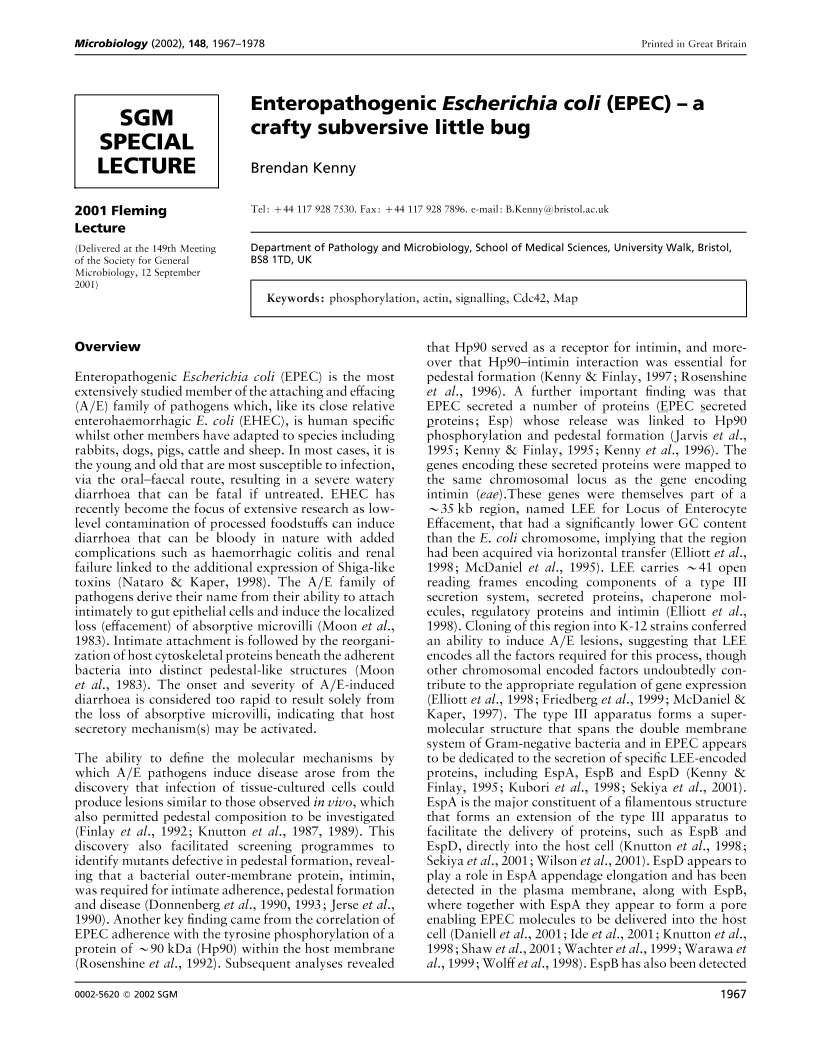
Full text loading...

Enteropathogenic Escherichia coli (EPEC) – a crafty subversive little bug, Page 1 of 1
< Previous page | Next page > /docserver/preview/fulltext/micro/148/7/1481967a-1.gif
There is no abstract available.

Article metrics loading...

Full text loading...
References


Data & Media loading...
